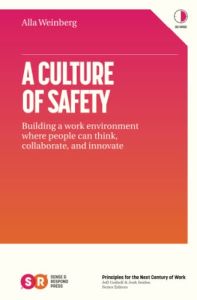
Book
A Culture of Safety
Building a work environment where people can think, collaborate and innovate
Recommendation
Creating a safe environment for your employees increases their creativity and innovation. You will likely reduce “tragic failures” as well, says Alla Weinberg, CEO of Spoke & Wheel. After the 737 Max jet disasters, for example, Boeing found its employees had known about issues with the aircraft but hadn’t felt safe revealing them. Weinberg covers how to turn three types of safety – physical, emotional, psychological – into strong corporate values. She advises adding safety-building exercises – some of them clearly awkward but, she feels, worthwhile – to your meetings to help employees align with those values and to nurture stronger, more cohesive teams.
Summary
About the Author
Spoke & Wheel CEO Alla Weinberg specializes in workplace relationships.








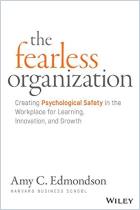
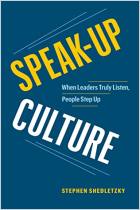
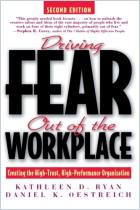
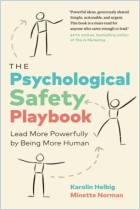
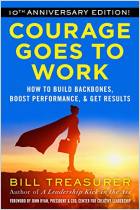
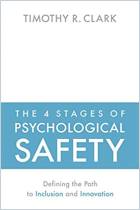





Comment on this summary or Start Discussion